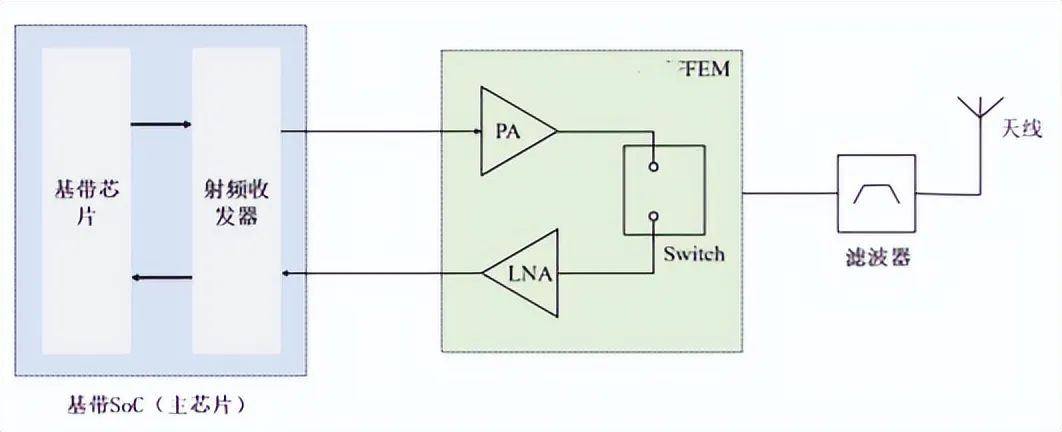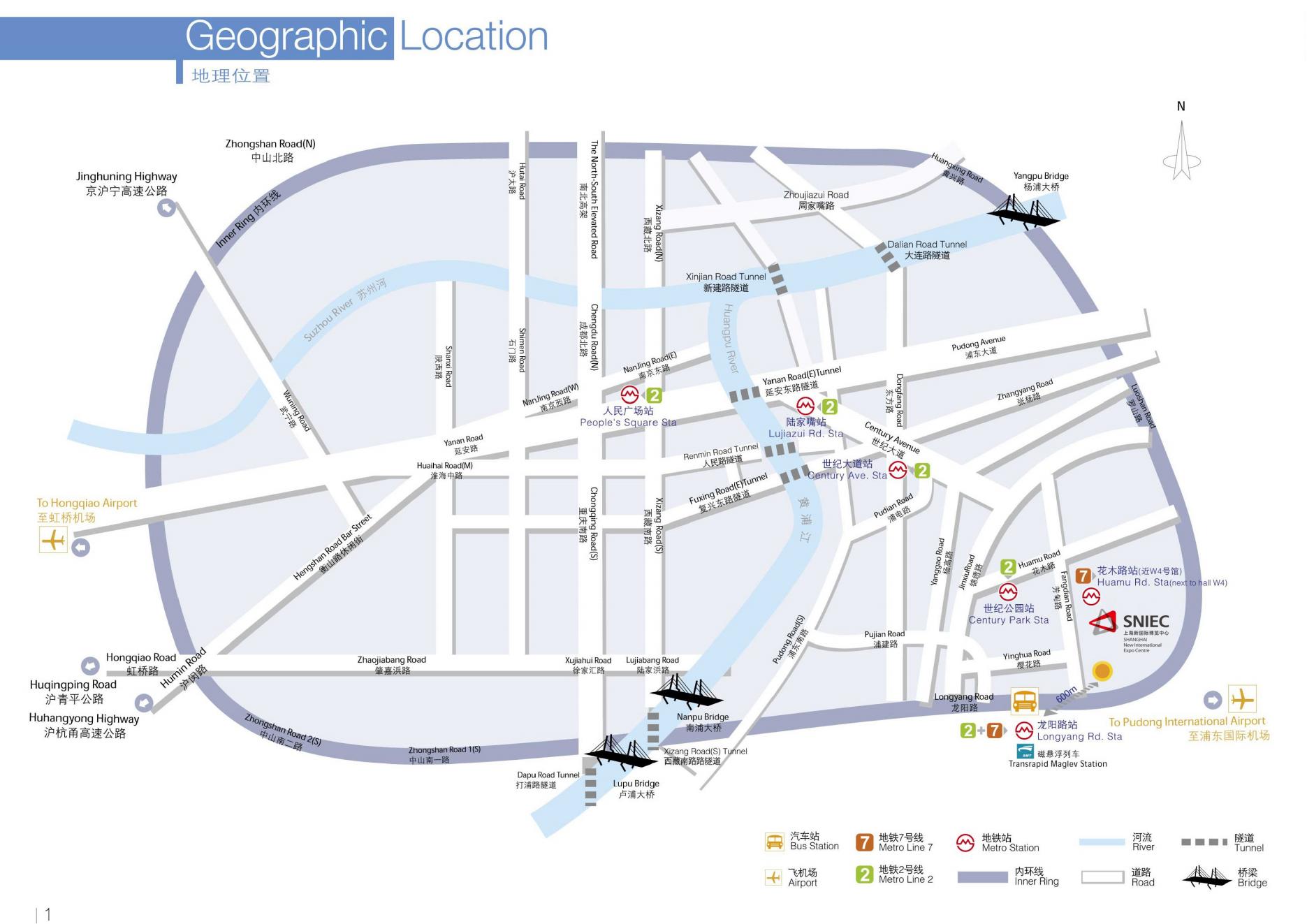The UWB industry application market presents an intriguing trend: the increasing transmission range of base stations. This phenomenon is particularly evident in scenarios like tunnels and mines, characterized by linear spaces with minimal obstructions. In these settings, UWB base stations are strategically deployed in a linear layout. As the working distance of base stations extends, the required quantity decreases, leading to lower project costs.
In the competitive market landscape, the working distance of UWB base stations has progressively expanded, ranging from initial distances of tens of meters to 100m, 200m, 500m, 1000m, 2000m, and beyond.
The driving force behind the extended working distance of UWB base stations lies in two key components: antennas and power amplifiers (PAs). This article will delve into the UWB-PA market, exploring the pivotal role of PAs.
What is the function of PA?
Power amplifiers (PAs), as the name suggests, amplify signal strength during signal transmission, enabling signals to travel over longer distances. In the realm of communication technology, another concept is the radio frequency front-end chip (FEM), comprising:
Power Amplifier (PA): Boosts the strength of the transmitted signal, enhancing the signal’s transmission range.
Low-Noise Amplifier (LNA): Amplifies the received signal’s strength, improving signal sensitivity.
Radio Frequency Switch (Switch): Controls the transition between signal reception and transmission.
Filters: Among other functions.

These RF front-end chips can be used as standalone components or integrated into a single module for increased efficiency.
Which UWB scenarios are suitable for PA?
While adding PA is common in UWB products, it may not be suitable for all scenarios. Although PA enhances signal transmission distance, it concurrently increases device power consumption.
Let’s analyze PA’s applicability in the four main UWB markets:
IoT Industry Market: In IoT applications, base station deployment often involves low-power construction. In scenarios with established power sources and stringent regulations, such as closed B2B environments, PA is well-suited.
Consumer IoT Market: In consumer hardware products, stringent power consumption requirements prevail, especially for tag-type products. Given the already substantial power consumption of UWB technology, adding PA could strain battery life.
Mobile Phone Market: Integrating PA into mobile phones requires consideration of factors such as cost and the complexity of board design. Additionally, managing radio power consumption is a critical requirement.
Automotive Market: Factors to consider when adding PA in the automotive sector are similar to those in the mobile phone market. Power supply is generally not a major concern, but regulatory requirements play a crucial role.
In conclusion, UWB-PA products find suitable applications in IoT industry scenarios. For other contexts, the decision depends on the product’s form and usage conditions.
This article was originally published by Ulink Media, the organizer of IOTE EXPO (IoT Expo in China).
Join us next year in Shanghai, and let’s shape the future of technology together!
To register IOTE 2024 Shanghai station:

















